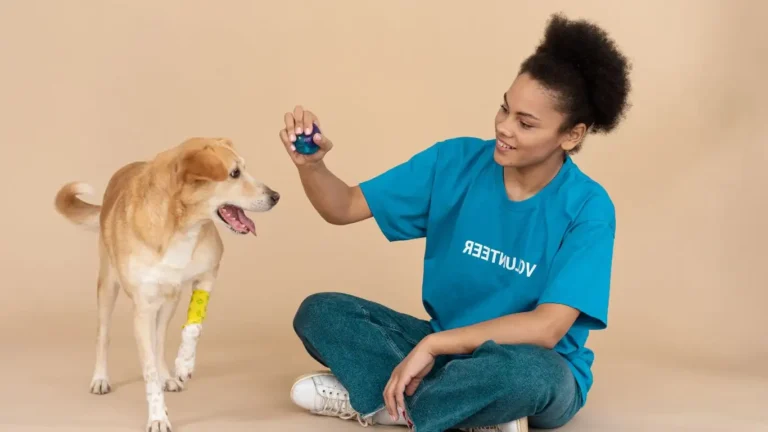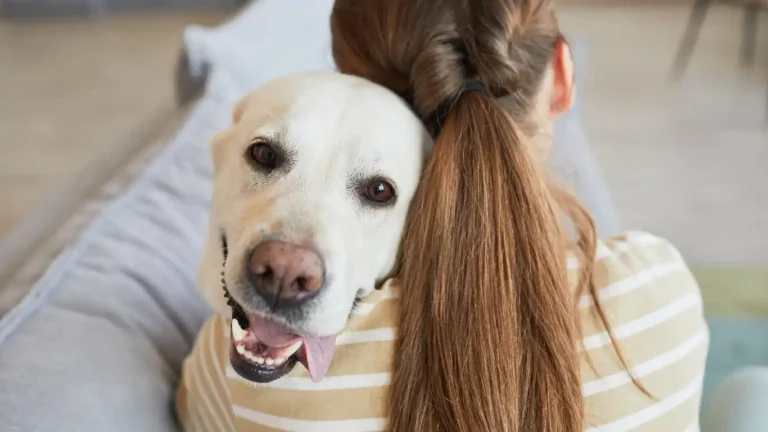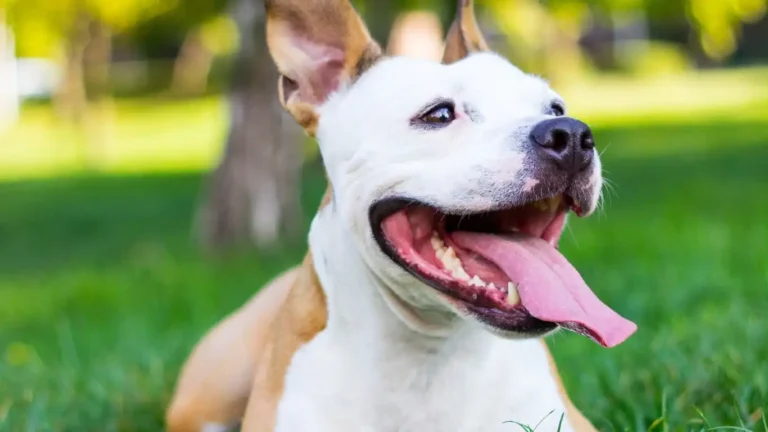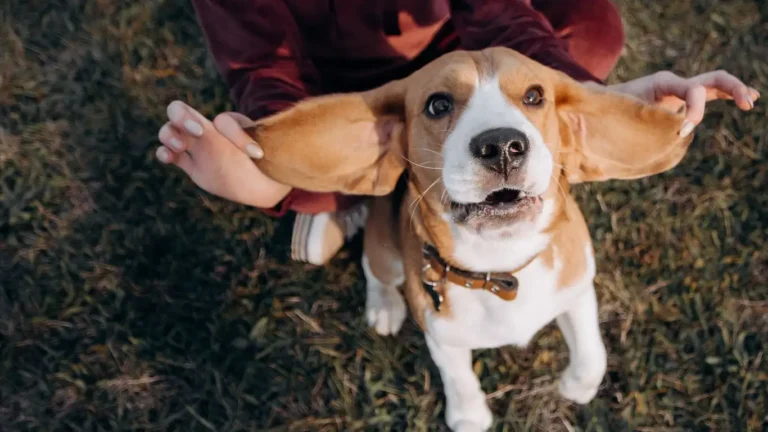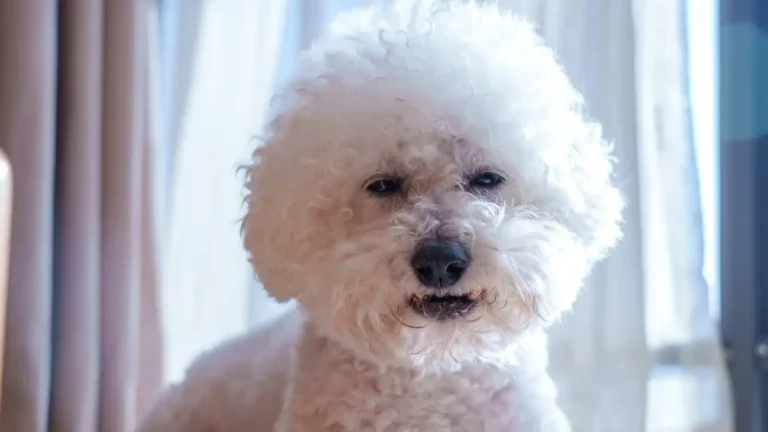How to Train Your Dog to be Comfortable and Calm During Car Rides
As a pet nutritionist and experienced pet care expert working in veterinary clinics, one of the most common questions I get asked by dog owners is how to train a dog to be comfortable during car rides. Whether you’re heading to the vet, going on a road trip, or just running errands, many dogs experience anxiety or discomfort when it’s time to get in the car. This can be stressful for both the dog and the owner, especially if the dog starts to associate car rides with unpleasant experiences. But the good news is that with patience, consistency, and some tried-and-tested techniques, you can help your dog learn to love car trips!
Why Do Dogs Hate Car Rides?

Understanding why your dog might dislike car rides is the first step in addressing the issue. Dogs, like people, have their own set of triggers and comfort zones, and for some, car rides can be unsettling. There are several reasons why your dog might feel anxious or uncomfortable during car rides:
- Motion Sickness: Some dogs are prone to motion sickness, just like humans. The constant movement of the car can make them feel nauseous and unsettled.
- Previous Negative Experiences: If your dog has had a bad experience in the car—like a trip to the vet or being in a car during a stressful event—they may start to associate the car with those negative experiences.
- Lack of Familiarity: If your dog hasn’t been in the car often or if they’re not used to traveling, they might be scared of the unfamiliar environment.
- Anxiety: Some dogs are naturally more anxious than others, and the car might be just another source of stress for them, especially if they’re not used to being confined in a small space.
Whatever the cause may be, it’s important to approach the situation with empathy and patience. In my experience, dogs are incredibly sensitive to their owner’s energy. If you’re stressed or frustrated, your dog will pick up on that, making the process more difficult. Stay calm and positive, and your dog will eventually feel more at ease!
How to Train Your Dog to Be Comfortable in the Car
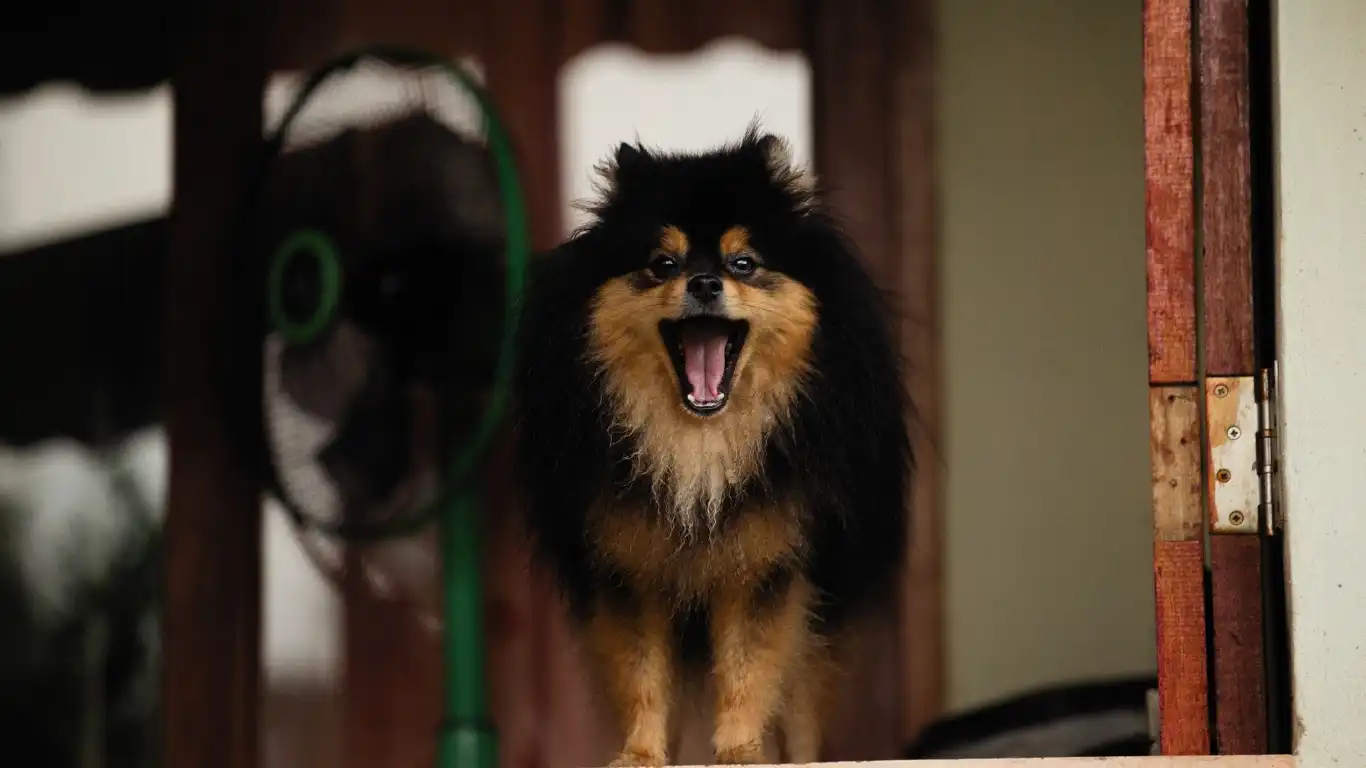
Start Slow and Create Positive Associations
The key to success in helping your dog feel more comfortable during car rides is to take it one step at a time. I always recommend starting with short, positive experiences and gradually building up from there. Here’s how you can begin:
- Get Your Dog Used to the Car: Before you even think about going for a ride, let your dog get used to the car itself. Spend some time with your dog in the parked car, letting them sniff around, sit comfortably, and get used to the environment. You can bring some of their favorite toys or treats to make the car feel like a fun place.
- Use Positive Reinforcement: Whenever your dog shows curiosity or calmness in the car, reward them with a treat or praise. The goal is to create a positive association with the car itself. Over time, they’ll begin to understand that good things happen when they’re in the car.
- Short and Sweet Trips: Start with very short car rides—just around the block or to a nearby park. Keep it light and stress-free. After each successful ride, give lots of praise and a treat. Make sure the ride ends on a high note so your dog looks forward to the next one!
Use Crates or Seat Belts for Safety and Comfort
One of the first things I recommend for dogs who are nervous or prone to motion sickness is to use a crate or a seat belt harness. Crates can offer a sense of security because they create a confined, familiar space that your dog can relax in. If your dog isn’t crate-trained, a seat belt harness can also help keep them secure and prevent them from moving around too much during the ride.
Using a crate can be especially helpful for puppies or dogs that haven’t had many car experiences yet. It’s also safer for your dog if there’s an accident, and many dogs feel less anxious in a crate because they feel more contained. But don’t force your dog into the crate if they seem scared of it—make sure it’s a place they associate with comfort and safety. You can slowly introduce them to the crate by leaving it open at home, letting them explore it at their own pace.
Keep the Car Environment Calm
Your dog is likely to pick up on any stress or anxiety you’re feeling, so it’s important to keep the car environment calm. Here are a few tips:
- Avoid Loud Noises: Try to keep the radio at a low volume and avoid yelling or getting frustrated in the car. Calm, soothing voices and music can help your dog relax.
- Don’t Overload the Car: If possible, try not to crowd the car with too many distractions or passengers. A calm and quiet environment can make your dog feel more secure.
- Bring Comfort Items: Familiar items, like their favorite blanket or toy, can help your dog feel more at ease during the ride.
Consistency is key when it comes to helping your dog feel comfortable in the car. Keep the experiences positive, and your dog will gradually learn that car rides aren’t so bad after all!
Understanding Your Dog’s Behavior During Car Rides

Every dog is different, and it’s important to understand the signs your dog is giving you during car rides. Some dogs may show signs of anxiety, such as drooling, whining, or pacing, while others may simply sit quietly but seem nervous. By observing your dog’s behavior closely, you can tailor your approach to their specific needs. If your dog shows signs of distress, don’t push them too hard. Take a break, try a shorter trip, or revisit some of the earlier steps like bringing them into the car just to relax before attempting another ride.
Overcoming Car Ride Anxiety: Additional Tips for a Stress-Free Ride

So, you’ve already started the process of helping your dog feel more comfortable in the car, but what happens if the anxiety doesn’t improve as quickly as you’d like? First off, don’t worry—it can take time, and every dog is different. Just like people, dogs need to learn new experiences at their own pace. But, if your dog is still struggling with car ride anxiety, there are a few extra techniques you can try to help them overcome their fear.
Consider Using Calming Aids
In some cases, dogs might need a little extra help to calm their nerves. While I’m a big fan of using training and positive reinforcement first and foremost, calming aids can offer that additional support during the transition period. There are a variety of options, and I’ve seen a lot of success with them in my work as a pet nutritionist and care expert.
- Calming Collars or Pheromone Sprays: These are infused with synthetic pheromones that mimic those produced by a mother dog to calm her puppies. They can be especially helpful for dogs that have separation anxiety or fear of the car. I’ve had clients use calming collars with great success to reduce stress in dogs that are just too nervous.
- Natural Supplements: There are several natural supplements available, including calming chews made from ingredients like valerian root, chamomile, or CBD. If your dog has an anxious temperament, these can help ease their nerves before a car ride. Always check with your vet before trying anything new, especially if your dog has underlying health conditions.
- Thundershirts: Some dogs benefit from a snug-fitting garment like a Thundershirt. The pressure it applies can have a calming effect, much like swaddling a baby. It’s a simple yet effective tool that’s worked wonders in reducing anxiety in some dogs, especially during car trips.
Gradually Increase Car Ride Duration
As your dog gets more comfortable with short car rides, you’ll want to gradually increase the length of the trips. Start by going to places your dog loves—like the dog park or a favorite walking spot—and eventually build up to longer drives. Always keep the rides positive and low-pressure, especially in the early stages. A short, happy trip will help reinforce the idea that car rides lead to fun places, not scary ones!
Don’t forget to reward your dog at the end of each trip! This helps them connect the car with positive outcomes. I always recommend giving treats and praise right after the ride, so your dog learns that great things follow when they stay calm during the journey.
Keeping Your Dog Safe and Secure During Car Rides
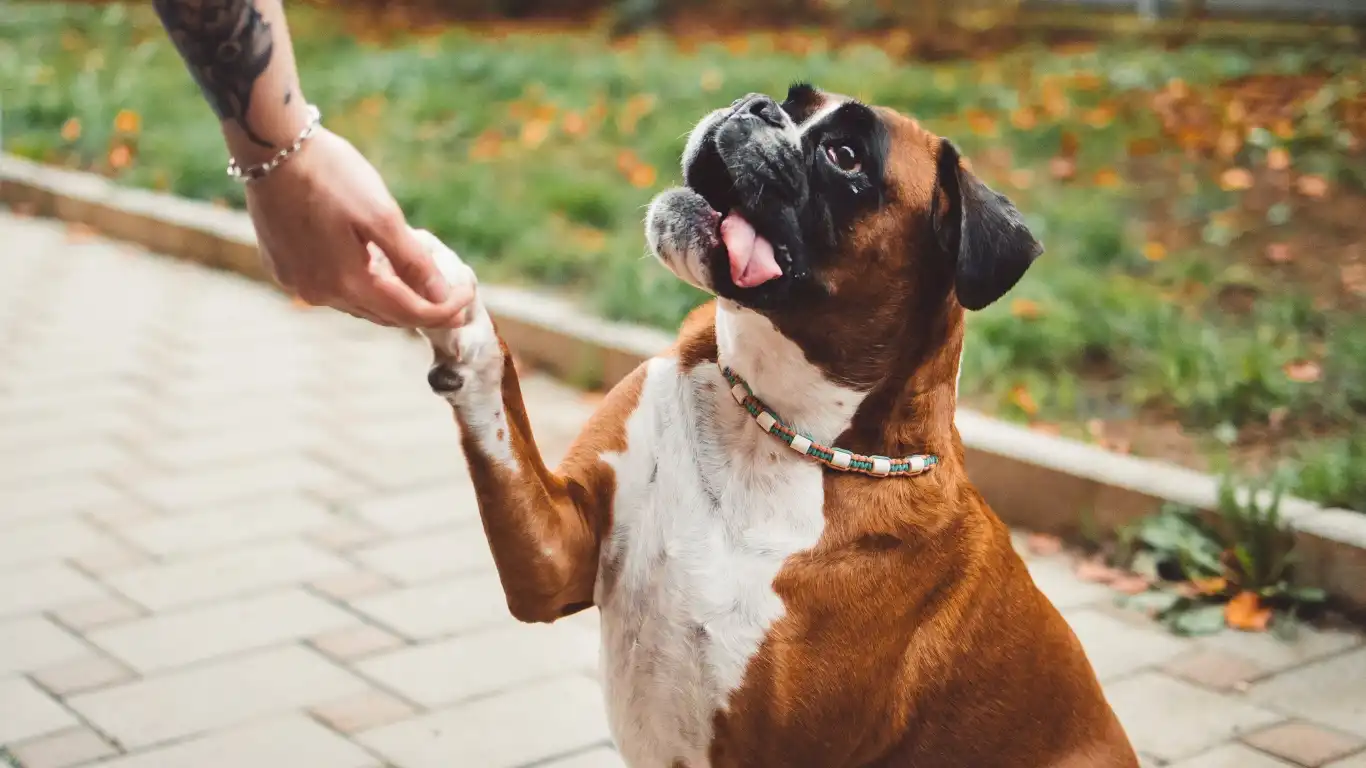
While helping your dog feel more comfortable is essential, safety during car rides should never be overlooked. A lot of pet parents don’t realize how dangerous it can be for their dogs to roam freely in the vehicle. Dogs can distract the driver, or worse, get hurt in the event of a sudden stop or accident.
There are a few things you can do to ensure your dog is safe and secure while traveling:
- Invest in a Dog Seat Belt Harness or Travel Crate: Just as we buckle ourselves in for safety, dogs need to be secured during car rides. I personally recommend using a dog seat belt harness that attaches directly to the car’s seat belt. It prevents them from moving around too much and minimizes the risk of injury in case of a sudden stop. Crates, as I mentioned earlier, can also be a great option for dogs that feel more comfortable in confined spaces.
- Backseat is Best: While it might be tempting to have your dog up front with you, it’s generally safer to have them in the backseat. If you do decide to have them in the front, make sure they’re securely restrained, and never let them ride in your lap while driving!
- Avoid Letting Your Dog Stick Their Head Out of the Window: While it might look adorable, letting your dog stick their head out of the window can be dangerous. Not only is there the risk of debris or dust getting into their eyes or nose, but it can also cause injury if you make a sudden stop. It’s best to keep your dog inside the vehicle with the windows rolled up, especially when traveling at higher speeds.
Monitor Your Dog’s Behavior During the Ride
During each car ride, pay close attention to your dog’s body language. Are they sitting comfortably, or are they visibly tense? Are they trying to jump into the front seat or act restless? If your dog shows signs of discomfort, it’s important to address it right away. Here are a few things to watch out for:
- Panting and Drooling: Excessive panting or drooling can be signs of anxiety or motion sickness. If you notice this, try pulling over for a short break and offering some water to help your dog stay calm.
- Whining or Barking: If your dog starts whining or barking during the ride, it could be a sign that they’re not feeling secure. Calmly reassure them with your voice or even pull over and let them out for a short walk.
- Shaking or Hiding: Some dogs will try to hide or cower when they’re scared. If this happens, it’s important not to punish them. Instead, stop the car, reassure your dog, and try to make the experience less overwhelming.
If your dog shows signs of extreme distress during the ride, it’s worth considering if there’s an underlying medical condition. Motion sickness, anxiety disorders, or even pain from an old injury can make car rides unbearable. Always consult with your vet if you’re concerned about your dog’s health and well-being during car trips.
Using Positive Reinforcement for Long-Term Success

When it comes to training your dog to be comfortable in the car, one of the most effective tools is positive reinforcement. This method focuses on rewarding your dog for calm and positive behavior during car rides. Over time, your dog will learn that car rides lead to rewards, making them more likely to enjoy the experience.
Consistency is key when using positive reinforcement. Every time your dog behaves calmly, reward them immediately. It’s important to offer praise, treats, or even their favorite toy as a reward. This will help solidify the behavior and encourage them to stay calm during future trips.
Another important thing to note is that training doesn’t end after a few successful trips. In fact, it’s a process that continues throughout your dog’s life. Even as they get more comfortable, always remember to keep reinforcing good behavior. Little by little, your dog will start to associate the car with positive experiences, making it a much more enjoyable part of your routine!
Dealing with Severe Car Anxiety: When to Seek Professional Help
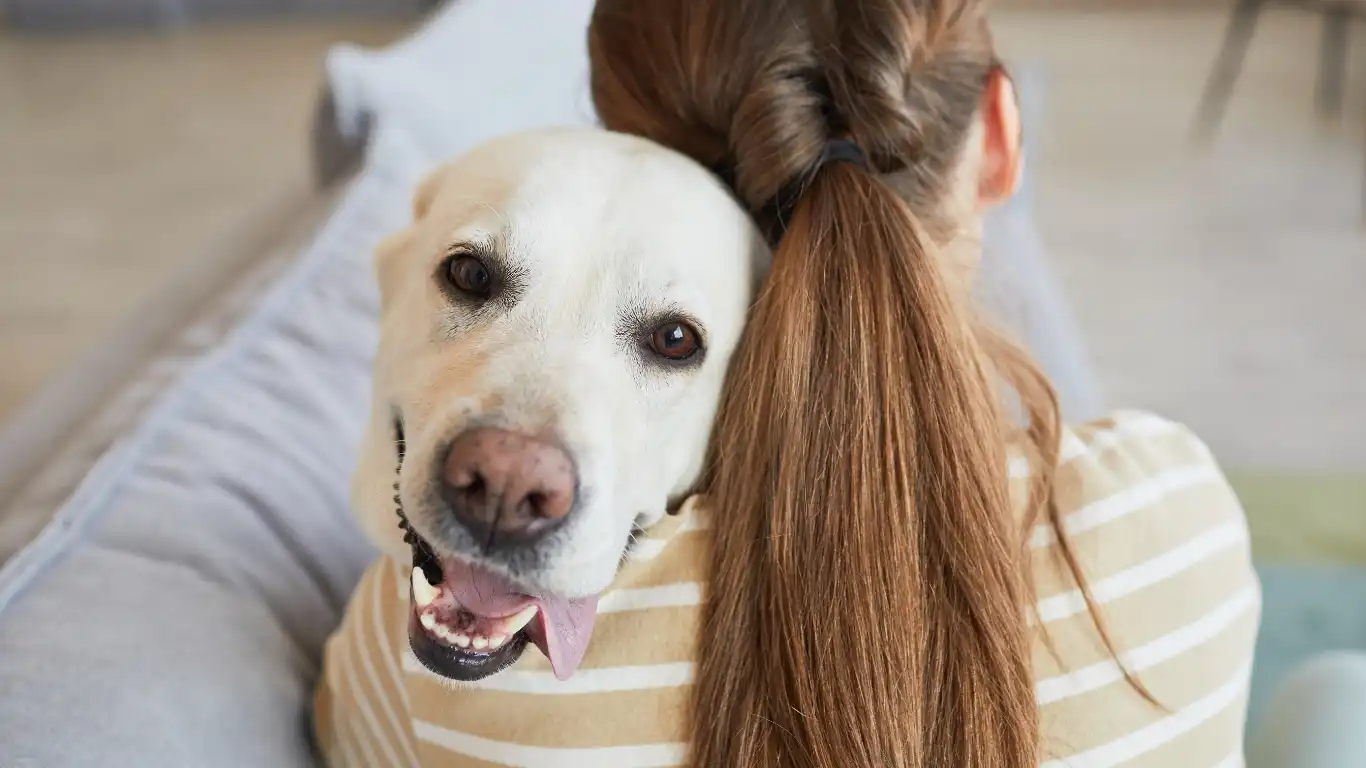
By now, you’ve probably already started using a variety of techniques to help your dog get used to car rides. However, there are some cases where your dog’s anxiety might be more severe than expected. It can be incredibly frustrating when, despite your best efforts, your dog still doesn’t seem to get comfortable during car trips. Don’t worry—this is not uncommon, and there are options available. In my experience as a pet care expert, I’ve found that the most important thing is knowing when to seek help.
When to Consider a Professional Trainer or Behaviorist
If your dog continues to show extreme signs of anxiety, despite consistent efforts with the methods we’ve discussed so far, it might be time to call in a professional. Dog behaviorists and trainers are trained to work with dogs who experience severe anxiety or fear and can tailor a plan specifically for your dog’s needs. They may use desensitization techniques, counter-conditioning, or other specialized methods to help your dog feel more relaxed in the car.
Sometimes, it’s also worth checking with your vet if your dog’s anxiety could be linked to a medical issue, like motion sickness or a sensory disorder. I’ve had cases where dogs were simply too nauseous during car rides to feel calm, no matter how much training was involved. In these situations, medication or dietary adjustments might be necessary to help alleviate the issue. You can ask your vet for recommendations on medications or natural remedies that can help your dog feel less anxious during car rides.
Using Positive Associations Beyond the Car Ride
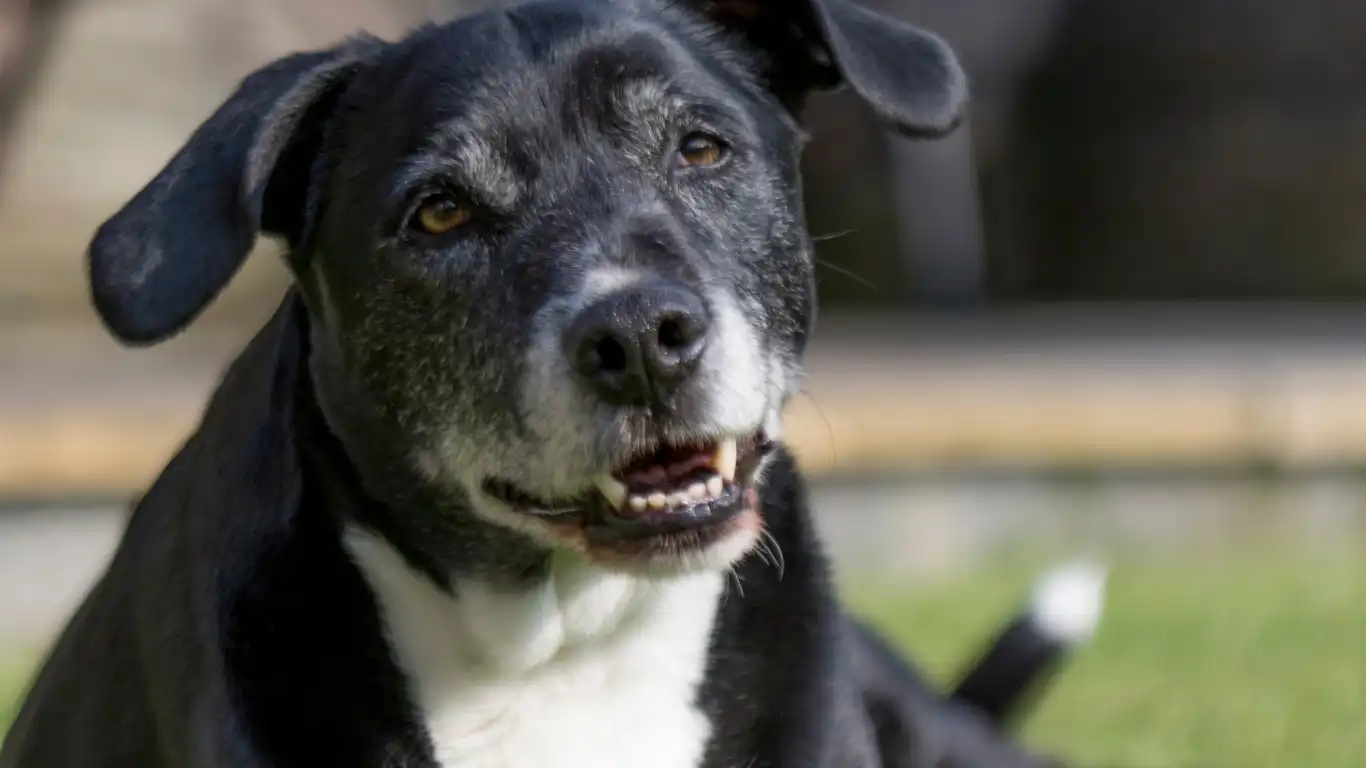
Building positive associations is a core principle of any successful training plan, and this extends beyond just the car ride itself. You can enhance your dog’s comfort during travel by associating the car ride with something they truly enjoy. This approach has worked wonders with many dogs I’ve worked with, and I highly recommend it!
Plan Fun Destinations
One of the easiest ways to make car rides more enjoyable for your dog is to make sure that the ride ends somewhere fun. If you can associate the car ride with exciting experiences, such as going to the dog park or visiting a pet-friendly beach, your dog will start to look forward to car trips. I’ve found that dogs quickly begin to learn that “car = adventure,” which helps remove a lot of the fear and uncertainty they might have initially felt.
For example, if you’re going to the vet, try making a quick detour to a place your dog loves, like a local dog-friendly park. Even if it’s just a short walk or playtime, it’ll create a positive association with car rides, instead of one that’s exclusively tied to stressful situations. Over time, your dog will begin to associate the car with good things, not just vet visits or trips to the groomer.
Use Their Favorite Toys or Treats
Bringing along your dog’s favorite toy or treats can do wonders to ease their nerves during a ride. If you know that your dog loves a particular squeaky toy, let them enjoy it during the car ride (while still safely restrained in the car, of course). This distraction can help keep their mind off the discomfort or fear they might be feeling. Similarly, bringing along some tasty, high-value treats will give them something to look forward to while they’re in the car.
Using their favorite items also reinforces the positive associations you’re creating around car rides. For example, I once had a client whose dog was terrified of car trips. They started bringing along a special squeaky toy only used in the car, and this alone made a huge difference. Their dog eventually began to get excited when they saw the toy, associating it with the fun of car rides.
How to Handle Special Situations: Puppies, Older Dogs, and Dogs with Special Needs
Training a puppy to love car rides might seem easier, but it can come with its own set of challenges. Puppies, like young children, tend to be more sensitive to new experiences and may take a little longer to get used to the car. On the other hand, older dogs or those with special needs may need more patience, especially if they’ve never been in the car or have negative associations with it. Here are a few additional tips for these situations:
Puppies and Young Dogs
When training a puppy, it’s all about creating a fun and safe environment. Start early by taking your puppy on short trips around the neighborhood. Keep these trips fun, and make sure the car is a calm, safe place for them. Don’t rush the process—puppies are naturally curious, and giving them time to get used to the car at their own pace is key. Some puppies might also feel motion sickness more acutely than adult dogs, so keep an eye out for signs of nausea, such as drooling or excessive licking.
Older Dogs and Dogs with Special Needs
Older dogs, especially those with joint problems, arthritis, or mobility issues, may struggle to get into the car or sit comfortably during long rides. To make the experience easier for them, consider getting a dog ramp or steps to help them climb in and out of the car. If your dog suffers from anxiety, it’s important to go slow and make sure they feel safe and comfortable during the ride. Using calming aids or consulting with your vet about medications can also help senior dogs relax during car trips.
Dogs with special needs, including those with sensory issues or hearing/vision impairments, may experience car rides differently from other dogs. I always recommend being especially patient with these dogs and modifying your approach based on their unique needs. In some cases, a gentle massage or calming music can help alleviate anxiety, as it will soothe their senses during the ride.
References and Additional Resources
If you’d like to dive deeper into some of the methods and products mentioned in this article, here are some helpful links for further reading:
- PawPatron – Comprehensive Pet Care and Training Resources
- American Kennel Club (AKC) – How to Stop Dog Anxiety
- PetMD – Motion Sickness in Dogs
- Dogs Trust – Training and Behavioral Help
It’s always a great idea to keep learning and educating yourself about your dog’s specific needs. Whether it’s through professional help or continuing research, there’s no one-size-fits-all solution when it comes to dog training. But with patience, consistency, and plenty of positive reinforcement, you’ll be well on your way to making car rides a breeze for both you and your dog!
Disclaimer: This article is intended for informational purposes only. Always consult with a professional veterinarian or certified dog trainer before starting any new treatment or training method for your pet. The suggestions provided are based on my personal experience and knowledge in the field of pet care.
